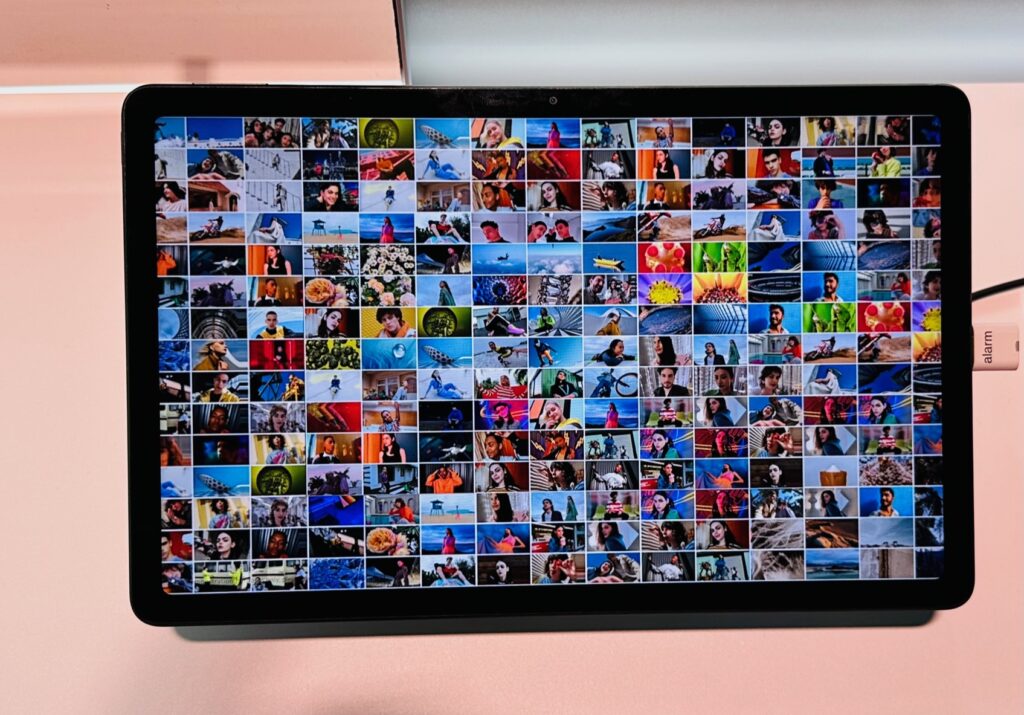Xiaomi, the new operating system and the need to maintain balance with Google
Xiaomi has broken the deadlock and announced HyperOS, the new operating system that will arrive on all devices in the company’s ecosystem, founded by Lei Jun in 2010. The world’s third largest smartphone manufacturer and at the head of the group of Chinese companies determined to challenge the Samsung-Apple duopoly, Xiaomi will launch the OS first on the Xiaomi 14 Series phones, the Watch S3 and the Xiaomi TV S Pro 85” MiniLED TV. Chinese users will be the first to experience the novelty since, as usual, all products will be available first on the domestic market and then in Europe. The company’s goal, however, is to spread HyperOS at all levels, thus also bringing it on board cars, smart home products and, more generally, all its IoT devices.
Based on Linux, the open-source system results from a development that began in 2017. In addition to being a marketing move, it is the glue for a company with 1.175 billion users worldwide and a catalogue covering more than 200 product categories. Then, Xiaomi attempts to unite all the arrows in its bow into a single integrated system framework.
An OS to improve the ecosystem
But why is Xiaomi pushing its operating system now? “The most important goal is to maximise the performance of each device, ensure a uniform user experience and enable seamless connectivity between all Xiaomi devices,” the company explained during the Leap Beyond the Moment event, unveiling the OS’s imminent arrival. Going beyond the words of circumstance, however, the reasons are different and linked to the need to break away from the excessively close link with Google, which, with Android, holds all phone manufacturers in check.
Unquestionably, the improvement of the user experience on any device depends on the maximum integration between hardware and software; at the same time, Big G’s recent heavy investment in the smartphone segment, with the desire to spread the brand and the presence of the Pixel 8 Pro in Europe, has set off alarm bells in the Chinese house.



The situation is not easy for Xiaomi, but also for Vivo, OnePlus-Oppo, Honor and all the other Chinese brands, which are caught between the obligation to maintain Android and all Google applications in order to continue selling on European markets (because the example of Huawei and its disappearance from the Old Continent markets after forcibly renouncing Big G’s suite of services is proof) and the need to become more independent from the Mountain View company itself, a cumbersome presence in orienting the choices of those who develop smartphone hardware. Without neglecting the fact that the new Google is now both a partner and a rival since with the Pixel 8 series, it will conquer market share in the medium-high bracket, impacting the sales of Chinese manufacturers.
More independence from Google
Another aspect highlighted by Big G itself and the rapid spread of artificial intelligence is that, unlike in the past, the future of smartphones will be played out on software innovations. Having reached a level of excellence, the size of the screen, the power of the processor, the fast charging system or the reduction in thickness are unlikely to continue to warm the hearts of enthusiasts, who are more interested in understanding what they can do new and different than in the past with an increasingly smart device.
Precisely because the user experience will replace the value of components as the deciding factor in choosing which phone to buy, remaining in the Android shadow cone could be perceived as a downgrade for Xiaomi.


Keeping the balance is, therefore, the best choice at the moment, which is why HyperOS announces changes but not revolutions. Also, not only the security issue, as Google distributes updates, so to cut the strings immediately would mean creating a problem in the management and protection of users’ sensitive data.
HyperOS is based on Linux and Vela, developed by Xiaomi from NuttX. It supports 200 processor platforms, RAM ranging from 64KB to 24GB, and 8.75GB takes up less space than the competition (iOS 17 on the iPhone 15 Pro takes up 11.37GB). Improvements will be made on the gaming side, thanks to higher frames per second and lower power consumption compared to Android. Also intended to strengthen the ecosystem, the new OS relies on HyperConnect to facilitate connection between different Xiaomi devices. At the same time, with HyperMind, the Beijing company aims to provide a proactive approach to devices with respect to user needs.
A series of small updates and novelties, then, which is an overall picture, should ensure a better user experience for a new course that, over time, will become increasingly clear, even if breaking away from Android remains a huge unknown.



